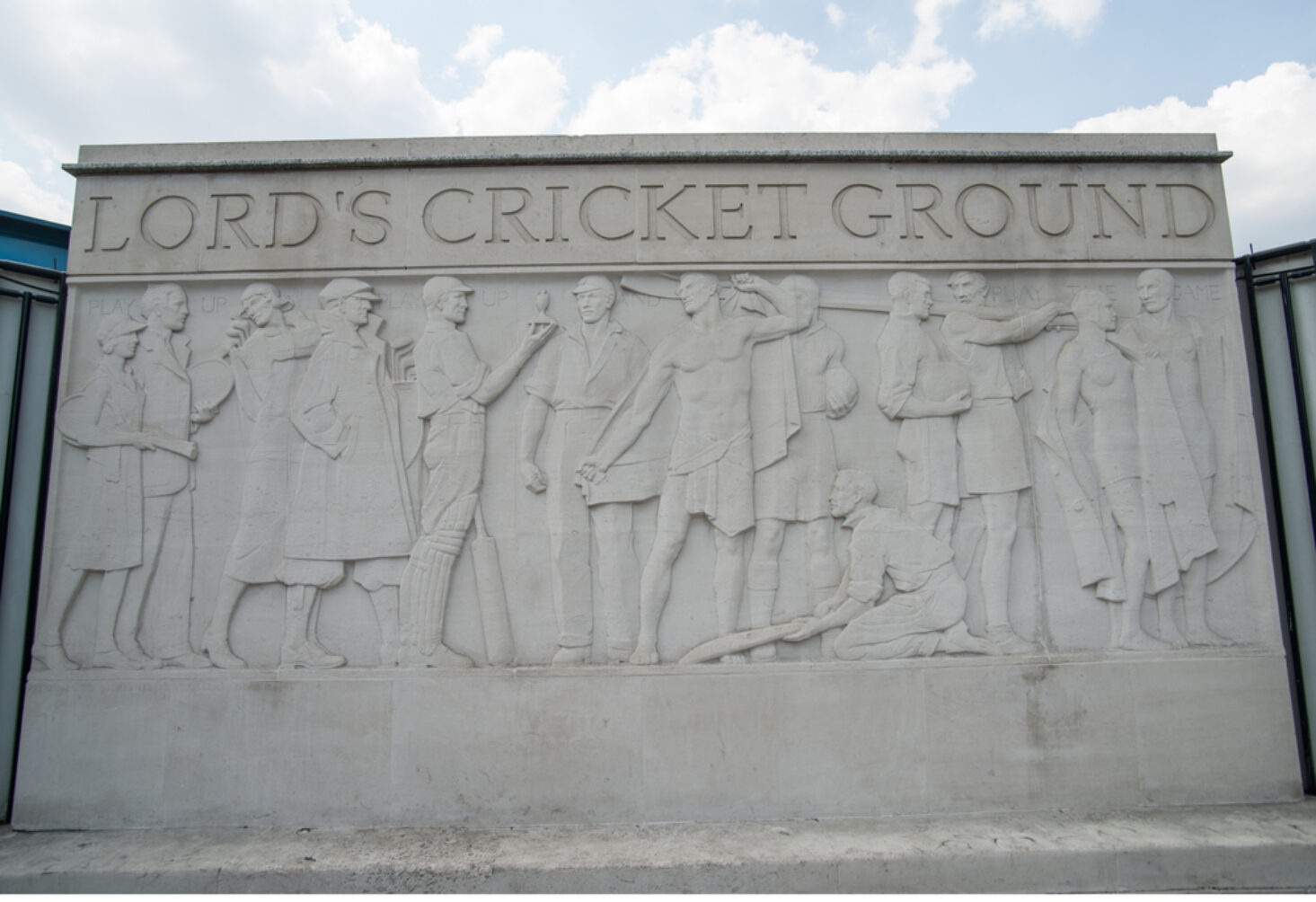
A Captivating Journey Through Lord’s Cricket Ground: The Home of Cricket
Nestled in the heart of St John’s Wood, London, Lord’s Cricket Ground stands as a testament to the rich history and tradition of cricket, making it one of the premier London historic cricket sites. Commonly referred to as “Lord’s”, this iconic London stadium is named after its founder, Thomas Lord.
Owned by the prestigious Marylebone Cricket Club (MCC), Lord’s is not just the home of Middlesex County Cricket Club but also serves as the base for the England and Wales Cricket Board (ECB) and the European Cricket Council (ECC). Its significance in the cricketing world is unparalleled, often being hailed as the “Home of Cricket”.
But Lord’s is not just about the present; it carries with it a legacy that dates back to the late 18th century. The ground we see today is the third iteration, with the original Lord’s ground established in 1787. Over the years, it has witnessed countless memorable moments, from historic matches to record-breaking individual performances.
Moreover, the ground has undergone numerous transformations, evolving with the times while preserving its essence. Adjacent to the ground is the London museum dedicated to cricket, showcasing artifacts and memorabilia that trace the sport’s illustrious history. With a seating capacity of over 31,000, Lord’s has been a part of many a spectator’s cherished memories.
As you delve deeper into this article, you’ll embark on a journey that takes you through the corridors of time, exploring the evolution, significance, and the unparalleled charm of Lord’s Cricket Ground. Whether you’re a cricket enthusiast or someone keen on understanding the cultural significance of this venue, this guide promises to offer insights that will enrich your appreciation of the sport and its iconic home.
A Brief History of Lord’s Cricket Ground
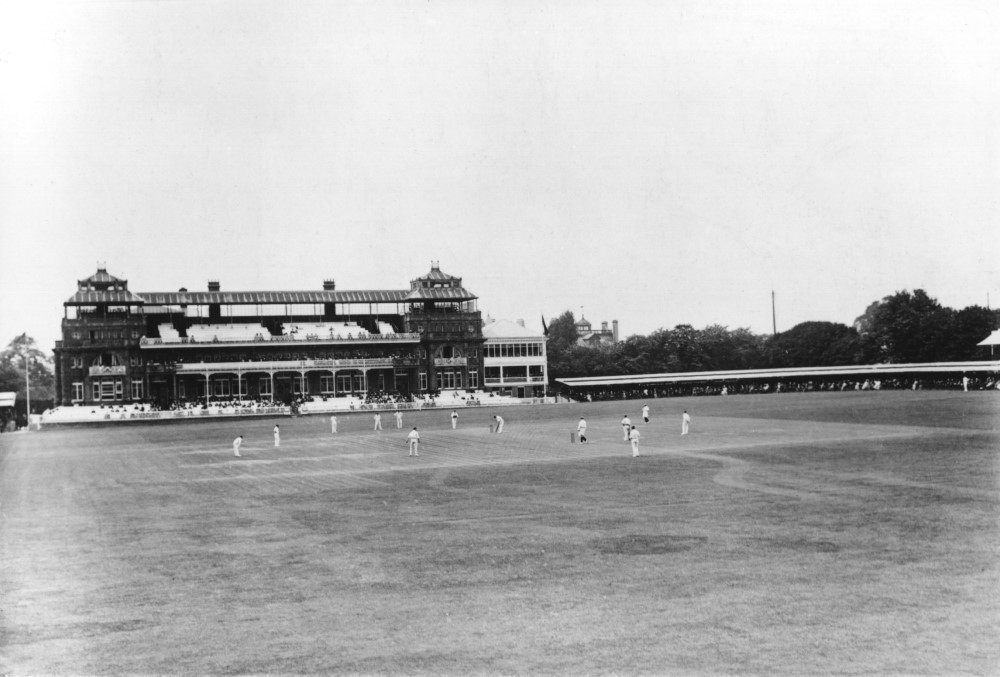
Lord’s Cricket Ground, also known as “The Home of Cricket,“ carries a rich history that encompasses more than two centuries. Established in 1814, it proudly stands as the world’s oldest cricket ground. Its name pays homage to its founder, Thomas Lord, who initially established a venue in Dorset Square before relocating it to its current location in St John’s Wood, London. Throughout its existence, this ground has witnessed countless significant matches and events.
Throughout the years, Lord’s has been a witness to numerous pivotal moments in cricket history. It hosted the first recorded Test match in 1884 between England and Australia. Since then, Lord’s has maintained its prestigious reputation as a venue for Test matches and has had the honor of hosting the final match of the ICC Cricket World Cup on four occasions.
In addition to unforgettable moments in cricket history, Lord’s has also played host to remarkable individual performances. In 1968, Sir Garfield Sobers made history by hitting six sixes in an over, while Brian Lara made waves in 2004 with his record-breaking innings of 400 runs.
Today, Lord’s Cricket Ground stands as a testament to cricket’s heritage. It attracts cricket enthusiasts from all corners of the globe who gather to witness the sport’s greatest battles on its revered turf. With its iconic Pavilion and world-class facilities, Lord’s remains the ultimate destination for cricket lovers, encompassing the spirit and tradition of this beloved game.
The Iconic Pavilion
![]()
The Iconic Pavilion at Lord’s Cricket Ground is a fundamental attraction for cricket enthusiasts. Constructed in 1889, this historic building represents the extensive history and tradition of the game. Situated on the northern side of the ground, The Iconic Pavilion offers a magnificent view of the cricket field.
The Iconic Pavilion is renowned for its exquisite architecture and exclusive facilities. It includes the esteemed Long Room, where members and players gather during matches. The Long Room is steeped in tradition, adorned with portraits of cricket legends. Adjacent to the Long Room is the MCC Library, which houses an extensive collection of cricket literature.
Visitors to The Iconic Pavilion can also enjoy fine dining at the Lord’s Tavern, which offers a variety of delicious meals and beverages. The Tavern is a popular spot for cricket fans and players to relax and discuss the game.
Exploring the MCC Museum is essential when visiting The Iconic Pavilion. The museum showcases an impressive collection of cricket memorabilia, including historical artifacts and equipment used by legendary players. It provides a captivating journey through the sport’s past.
Fun fact: The Iconic Pavilion at Lord’s Cricket Ground has witnessed numerous historic cricket moments, including the first Test match in 1884. It continues to be a cherished venue for cricket fans worldwide.
The Grand Stand
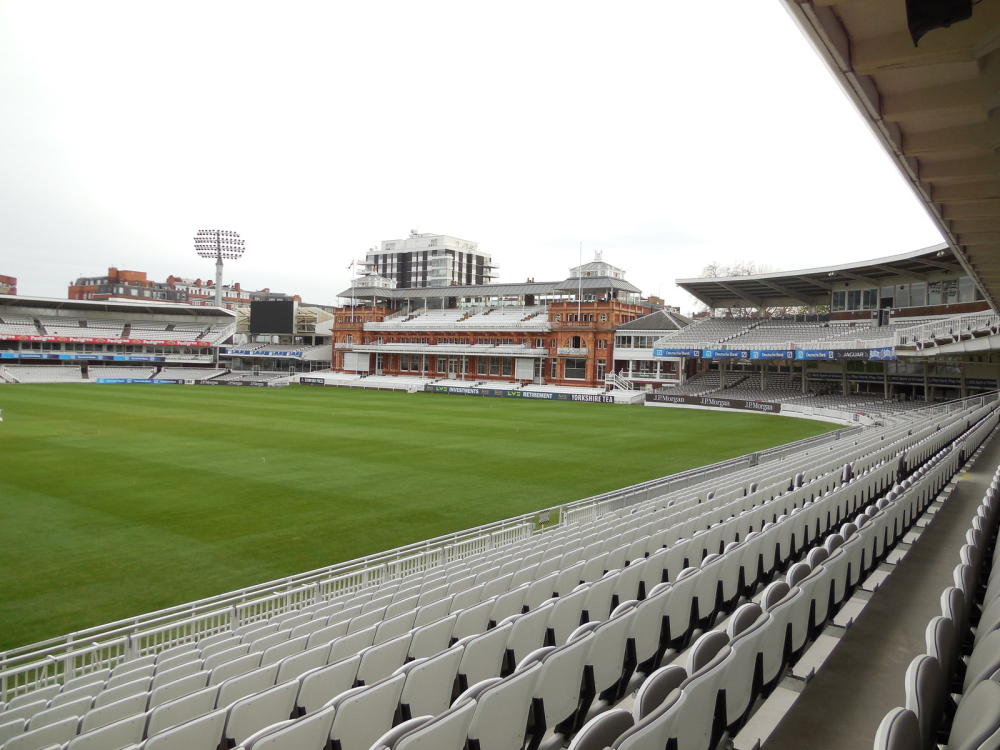
When visiting Lord’s, cricket enthusiasts must make sure to include a stop at the iconic structure known as The Grand Stand. Standing at Lord’s for many years, The Grand Stand reflects the rich history and tradition of cricket.
With a seating capacity of over 4,000 people, it can comfortably accommodate a large number of spectators. One of the notable features of The Grand Stand is the breathtaking panoramic views it offers of the cricket ground, allowing spectators to witness the action up close.
Moreover, The Grand Stand is equipped with modern amenities such as food and beverage stalls, restrooms, and dedicated areas for disabled spectators, ensuring a convenient and enjoyable experience for all visitors.
Being a part of the crowd in The Grand Stand creates an electric atmosphere during cricket matches, with passionate fans cheering on their favorite teams. This enhances the overall excitement and enjoyment of the game.
If you are planning a visit to Lord’s, make sure to include a stop at The Grand Stand. It offers a unique and thrilling experience for cricket fans of all ages.
The Media Centre
The Media Centre at Lord’s cricket ground is a contemporary facility that caters to journalists and broadcasters who report on cricket matches. It consists of multiple floors with specific areas designated for press conferences, interview rooms, commentary boxes, and media workspaces.
The centre is equipped with advanced technology, including high-speed internet connections and broadcasting equipment, to facilitate media coverage. The facility also provides amenities such as refreshment areas and comfortable seating arrangements to support journalists during their time at Lord’s.
The Media Centre prioritises inclusivity by offering accessible entrances, ramps, and elevators for individuals with disabilities. It serves as a central hub for media collaborations, enabling broadcasters and media organizations to form partnerships with Lord’s and expand their impact.
The Lord’s Museum
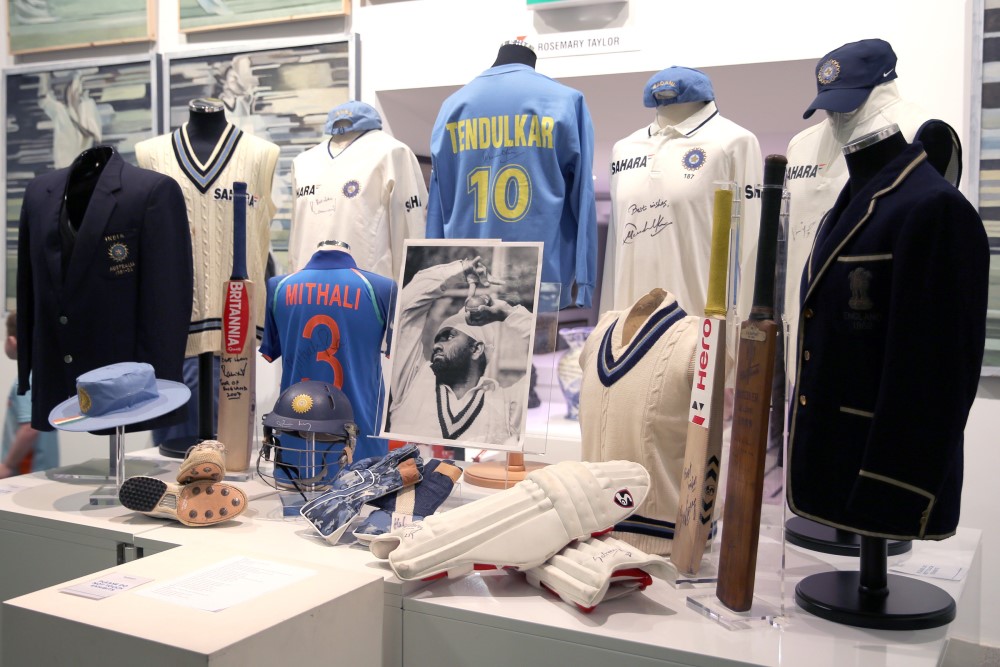
The Lord’s Museum, located within Lord’s Cricket Ground in London, is a highly desired destination for cricket enthusiasts and sports lovers alike. It presents the wealthy history and tradition of cricket through an impressive collection of cricket bats, trophies, jerseys, and photographs. These priceless artefacts serve to highlight crucial moments in the sport’s history, including famous matches and iconic players.
The museum also focuses on the Ashes series, a longstanding rivalry between England and Australia, delving into its historical background and intense battles. Through interactive displays, visitors have the opportunity to assess their cricketing skills by taking on different challenges and games, ensuring a delightful experience for people of all age groups.
Recently, a dedicated cricket fan visited the Lord’s Museum and came across a cricket ball that was used during the “Bodyline Series” of 1932-33. This particular ball was signed by the players who took part in that monumental series. Such encounters with cricketing history only serve to reinforce the Lord’s Museum’s importance and its magnetic appeal for enthusiasts.
Guided Tours of Lord’s
Guided tours of Lord’s provide cricket enthusiasts and sports history fans with an immersive experience. These tours allow visitors to explore the iconic Lord’s Cricket Ground and delve into its rich heritage in the cricketing world. Accompanied by knowledgeable guides, visitors are led through different areas of the ground, including the Pavilion, which has hosted legendary players. The guides not only share interesting anecdotes and facts about the ground’s history but also highlight its pivotal role in shaping the sport.
During the tour, visitors have the opportunity to see the Honours Boards, displaying the names of the best cricketers who have achieved remarkable performances at Lord’s. They also get to visit the renowned Long Room, where players pass through on their way to the pitch. This allows visitors to immerse themselves in the atmosphere and envision the excitement of a match day.
A major highlight of the Lord’s tour is a visit to the MCC Museum, which houses a remarkable collection of cricket memorabilia, including equipment used by some of the game’s greatest players. The museum provides a captivating glimpse into the history and evolution of the sport.
Whether you are a devoted cricket fan or simply curious about this quintessentially English sport, a guided tour of Lord’s provides a fascinating insight into the game’s past and present. It truly immerses visitors in the rich traditions and legends of cricket while offering a deeper understanding of the significance of Lord’s Cricket Ground in the sporting world.
The Hallowed Cricket Ground
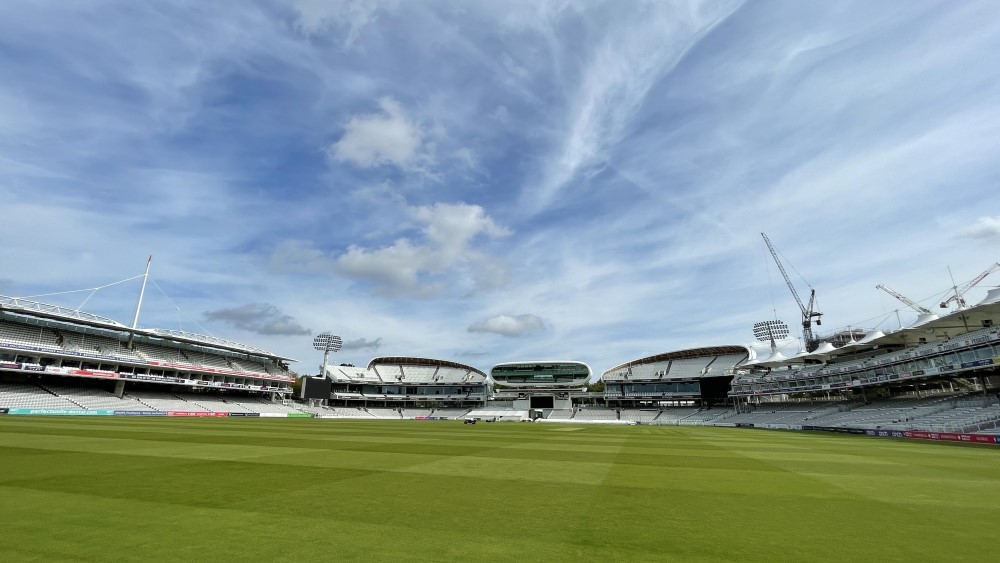
The Hallowed Cricket Ground of Lord’s in St. John’s Wood, London, is an extremely exceptional venue for cricket enthusiasts.
Its magnificence, rich history, and architectural beauty make it the spiritual home of cricket.
With a history dating back to 1814, Lord’s has hosted numerous historic matches and witnessed remarkable sporting moments.
The atmosphere at Lord’s is unrivalled, with grand stands, a lush green outfield, and a traditional red-brick pavilion that create a timeless aura.
Iconic features, such as the Victorian-era Grand Stand and the futuristic Media Centre, contribute to the charm of the venue.
Visiting the Lord’s Cricket Museum is a necessity for cricket lovers, as it offers an impressive collection of artefacts and interactive displays that showcase the game’s rich heritage.
Lord’s is well-known for hosting high-profile international matches, including Test matches and One-Day Internationals, making every match a special occasion.
For an unforgettable cricket experience, attend a match at Lord’s and immerse yourself in the historic surroundings, savouring the ambience and witnessing the skill of the players on the Hallowed Cricket Ground.
Whether you appreciate the history, architecture, or the sport itself, Lord’s is an institution that every cricket fan should visit at least once.
The Nursery Ground
The Nursery Ground is an essential component of Lord’s Cricket Ground. It functions as a practice facility and a venue for matches. Here are the key characteristics of the Nursery Ground:
1. Facilities: The Nursery Ground is equipped with state-of-the-art amenities, including practice nets, pitches, and a pavilion. These facilities assist players in honing their skills and preparing for matches.
2. Practice Sessions: Players from both domestic and international teams use the Nursery Ground for practice. This allows them to become familiar with the conditions and refine their techniques before competitive games.
3. Competitive Matches: The Nursery Ground hosts a variety of matches, ranging from youth games to county-level fixtures. It provides a platform for budding talent to display their skills and gain experience in a professional environment.
4. Spectator Area: The Nursery Ground includes a designated area for spectators to enjoy the matches. It offers a more intimate setting compared to the main stadium, allowing fans to get closer to the action and witness exciting cricket moments.
The Nursery Ground has a long and storied history dating back to the early days of Lord’s. Initially, it was used for growing saplings to be planted around the main cricket field. Over time, it transformed into a dedicated practice facility and playing area, contributing to the development of cricket talent and enhancing Lord’s reputation as the Home of Cricket.
The Long Room and Honours Boards
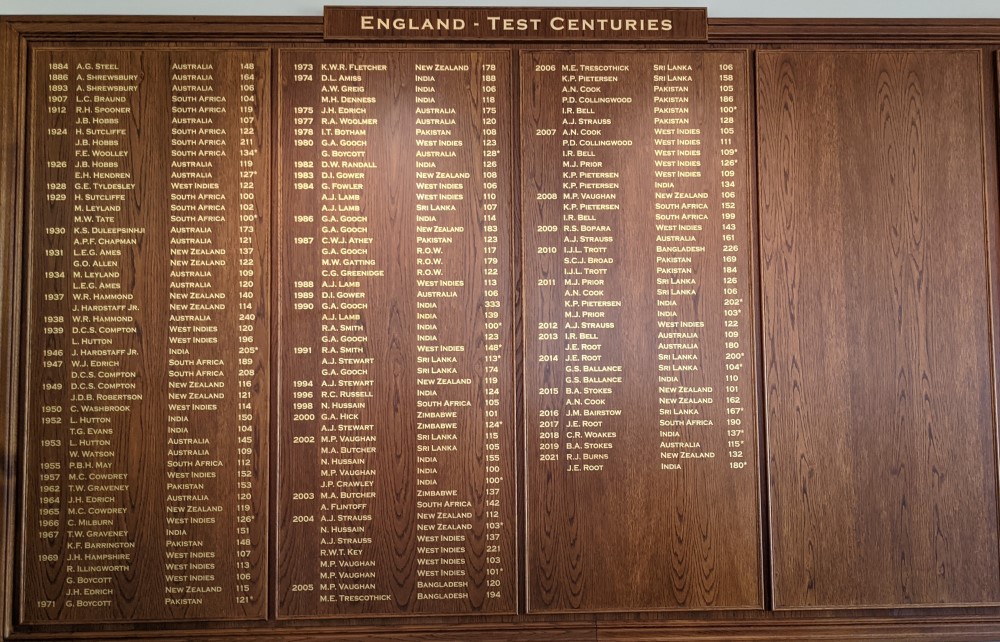
The Long Room at Lord’s holds great significance as players, officials, and members of the Marylebone Cricket Club (MCC) gather in this prestigious area. Situated on the first floor of the pavilion, the Long Room offers a splendid view of the cricket field while exuding elegance with its length and decor. Historical portraits and memorabilia adorn this space, immersing visitors in the rich cricketing history.
In the Long Room, one can find the esteemed Honours Boards that are of paramount importance in cricket. These boards proudly display the names of players who have achieved remarkable performances at Lord’s. There are two sets of boards: one commemorating players who have scored a century (100 runs or more) in a match, and the other honoring those who have taken five wickets in an innings. It is worth noting that these boards are regularly updated to acknowledge new accomplishments.
The Honours Boards within the Long Room are revered by both players and fans. They serve as constant reminders of the exceptional achievements made on this hallowed ground. Every player aspires to see their name engraved on these boards, reflecting their enduring legacy.
The tradition of the Honours Boards dates back to the 1890s when they were first installed at Lord’s. Since then, they have become a symbol of cricketing excellence and an enduring record of extraordinary performances. The Long Room, as well as the Honours Boards, form an indispensable part of the Lord’s cricket experience, paying tribute to the game’s legends while inspiring future generations to strive for greatness.
Lord’s Legends and Memorable Matches
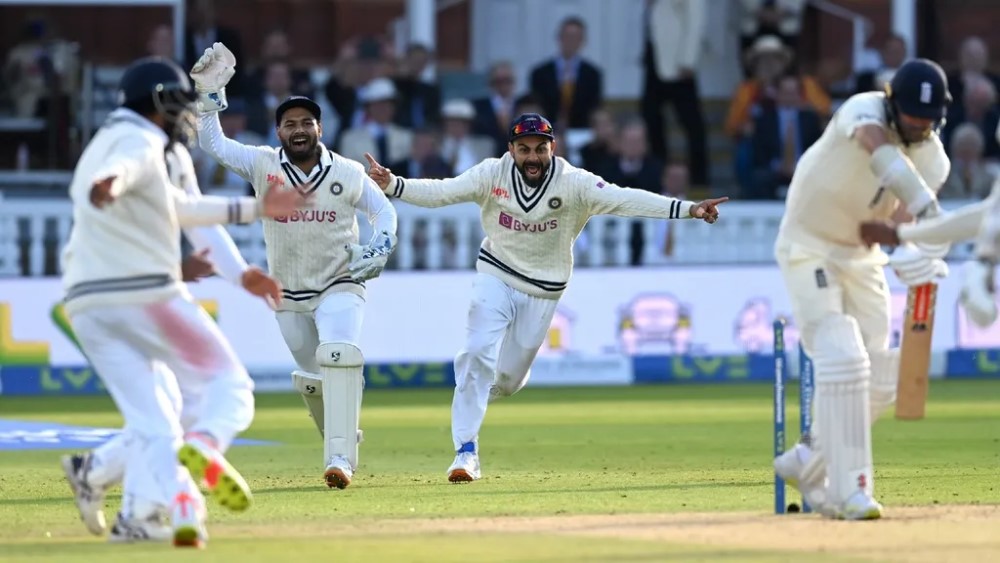
Lord’s Cricket Ground, also known as the Home of Cricket, holds a special place in the hearts of cricket fans worldwide. Over the years, this historic venue has been witness to countless legends and unforgettable matches. Let’s delve into some iconic moments and players that have made Lord’s truly exceptional.
One such legendary player is Sir Donald Bradman, the prolific Australian cricketer. In 1948, during “The Invincibles” series, Bradman scored his final Test century at Lord’s, solidifying his reputation as one of the greatest batsmen of all time.
The Ashes series of 1981 saw the remarkable performance of Sir Ian Botham. At Lord’s, he achieved two unforgettable feats. In the first innings, he scored a magnificent century, and in addition, he took five wickets, leading England to an astounding victory.
The Indian batting maestro, Sachin Tendulkar, has also left an indelible mark at Lord’s. In 1996, he attained his maiden Test century at this prestigious ground, making him the youngest player to achieve this record at that time.
Another unforgettable performance at Lord’s came from Andrew Flintoff during the 2009 Ashes Test. With remarkable skills, he claimed five wickets in the Australian first innings and contributed crucial runs with a well-played half-century, aiding England in securing victory.
It is impossible not to mention the unforgettable matches hosted at Lord’s. One such match was the thrilling finale of the 2019 Cricket World Cup. England emerged victorious over New Zealand in a nail-biting Super Over finish, clinching their first-ever World Cup title. Truly a match for the ages.
To truly immerse yourself in the rich history and relive these legendary moments, a visit to the Lord’s Cricket Museum is a must. The museum houses a collection of artifacts and memorabilia celebrating these exceptional players and matches. It is an absolute haven for any cricket enthusiast.
So whether you are planning a visit to Lord’s or simply wish to bask in the glory of these sporting marvels, make sure to explore the Lord’s Cricket Museum. It promises an extraordinary experience that will transport you to the heart of Lord’s legends and memorable matches.





